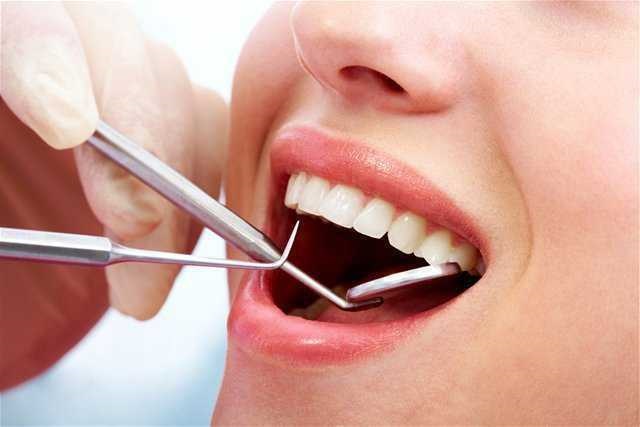5 Ways to Save on Dental Care

Dental care can be rather costly, especially when you don’t have the proper insurance plan in place. While some people don’t have insurance out of negligence and sometimes pure ignorance as we don’t have to pay for the NHS, others do so because they simply don’t have the means for it. However, there are things everyone can do to lower their dental costs. Here are five easy ways to save money on dental care. Click this link now
1. Prevention is the Best Medicine
Nothing beats a disciplined oral care routine. The cardinal rule is that you should brush at least twice a day with fluoride toothpaste. The fluoride part is crucial as it is the ingredient that replenishes lost minerals like calcium that help keep the teeth hard. Brushing also prevents the build-up of plaque, a thin film of bacteria that produces acids after feeding on the food particles left in the mouth. These acids erode the teeth and hurt the gums.
2. You Don’t Have to Floss
Much like brushing teeth, flossing is a mantra of oral care. But we shouldn’t take that as proof of its effectiveness. A recent review by the Associated Press (AP) on studies conducted to judge the efficacy of flossing found the evidence in them to be weak and unreliable. Moreover, the dietary guidelines released by the federal government this year left out flossing as a recommendation after having included it since 1979.
Inquiry by AP led the government to admit that the research on flossing effectiveness had never been conducted. A different study done in 2015 concludes that most studies do not show that flossing is effective in the removal of plaque. What does all this mean? Feel free to save some cash and skip flossing.
3. Visit the Dentist Once a Year Rather that Bi-annually
This is again a preventative measure. If you take excellent care of your teeth at home and are not at a high risk of dental disease, then an annual visit to the dentist should suffice. The high-risk group includes diabetics, smokers, people with a tendency towards cavities and gum disease, and those with a weak immune system.
The idea here is that one should tailor their visits according to risk factors. Going for the oft-recommended bi-annual visit isn’t necessary if you aren’t at risk. With that said, keep an eye out for problems with your teeth. Watch out for black or brown stains, pain, sensitivity to cold or hot foods, and holes in the teeth. If you spot an issue or feel that something isn’t right, then rush to the dentist. Check out here
4. Ask for a Discount
If a patient pays through insurance the dentist has to fill out insurance claims which mean paperwork. Cash payments on the other hand can in some places get you an automatic discount while negotiating can still bring the price down further. You can also ask for a similar rate to the one given to insurance companies; they normally get a 10 – 15% discount. The key here is to look for a dentist outfit that offers flexible payment plans. An example is the Perfect Smile Spa which offers interest-free, no deposit low-cost payment plans.
5. Consider Dental Schools
Here’s where you go if you want free or very inexpensive dental treatment. Dentistry students need practice and you can volunteer to be a subject. The work they perform is done under supervision by experienced instructors, so there’s no need to worry.
Conclusion
Ultimately, it is important to ensure that your cost-cutting measures don’t undermine your dental hygiene. Visit dentists with a good reputation. And don’t forget to brush. Besides these few pieces of advice, always consider other cheaper options such as dental schools and don’t be afraid to ask for a discount if you’re a regular with a particular dentist. Additional info
